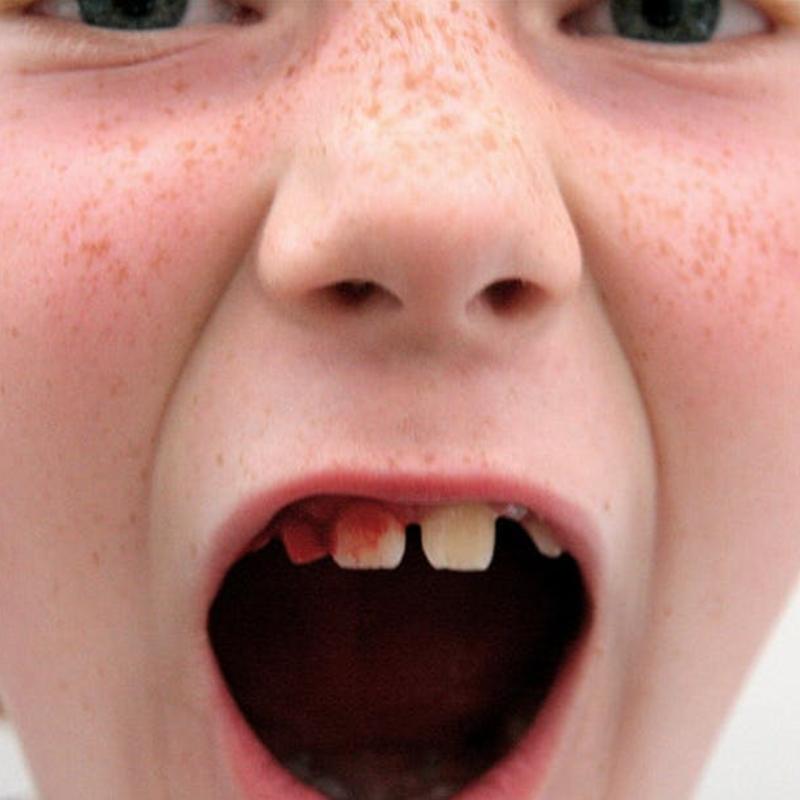
Dental Injuries in Children: An Important Health Issue
Dental traumas are significant health problems that can occur during childhood. They are more commonly seen in children between the ages of 1 and 3, when they start walking, and in the school-age period, between 7 and 10 years old. Among the affected teeth, the upper front incisors are most commonly involved in dental injuries.
Regardless of the shape and size of the dental trauma, if a child experiences loss of consciousness, bleeding, vomiting, nausea, or difficulty in speech, they should be immediately taken to the emergency department of a hospital. If the child's general condition is stable, it is essential to consult a dentist as soon as possible.
The dentist will examine the child's jaw for soft tissue injuries, lip injuries, bleeding, and possible jaw fractures. They will also assess whether the surrounding tissues of the injured tooth have been damaged or disrupted.
Before the dental examination, it is crucial to provide the dentist with information about the child's allergies, any acute or chronic conditions they may have (heart, diabetes, kidney, etc.), and whether they have received a tetanus vaccine and when it was administered.
If Your Child's Tooth Comes Out, Do Not Throw It Away Immediately
If a tooth is knocked out due to trauma, one of the most critical factors is how and when it reaches the dentist. If the tooth is kept under appropriate conditions and reaches the dentist within half an hour, there is a higher chance of successful re-implantation. Now, let's talk about the proper storage conditions. The knocked-out tooth root should be held gently without damaging it and rinsed with water to preserve the surrounding tissues. Then, it should be stored in milk or saliva. Milk can preserve the tooth root fibers for up to three hours. After placing the tooth back into its socket, it should be fixed by attaching it to the adjacent teeth. The purpose is to prevent any movement of the tooth during function. After the fixation, the tooth should be periodically checked with X-rays to ensure proper healing.
Broken Teeth Require Long-Term Follow-Up
If a tooth is broken due to trauma and the broken piece is available, reaching the dentist with that fragment is crucial for determining the appropriate treatment. The dentist can use the fragment to restore the tooth. The size of the broken area will determine the necessary treatment. Treatment may differ for teeth with or without nerve exposure.
For broken teeth, long-term follow-up is always essential. Changes in tooth color, swelling, and pain can be indicators of potential future problems.
Written by: Dentistry Clinic Bodrum DentHalikarnas
